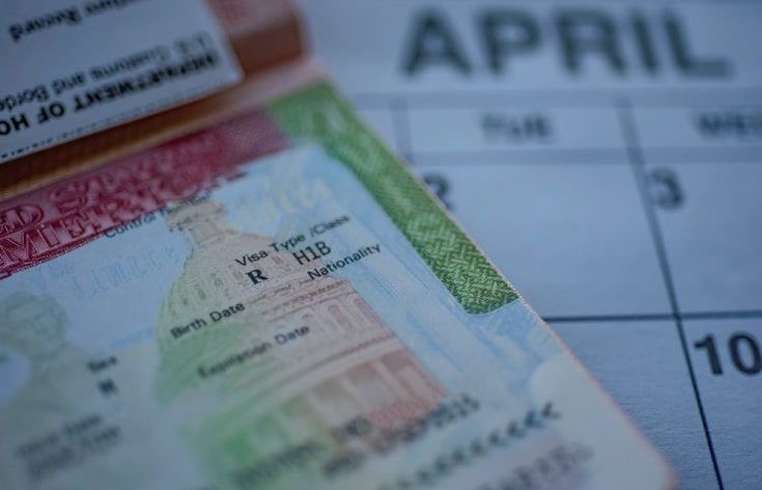
H-1B application docket. technological slowdown, fraud disruptions Squeeze Talent Pool

The H-1B visa program has long been a cornerstone of the American technology industry, allowing companies to hire highly skilled foreign workers in specialized fields. However, recent trends show a significant decline in H-1B applications, driven by a combination of factors, including a slowdown in the technology sector and increased scrutiny of fraudulent practices.
Technical slowdown
One of the main reasons for the decline in H-1B applications is the slowdown in the technology industry. Historically, technology companies have been the biggest users of the H-1B program, relying on foreign talent to fill critical roles in fields such as software development, engineering and data analytics. However, economic uncertainties, changing consumer preferences and geopolitical tensions have contributed to a cooling of the tech sector, forcing companies to reassess their hiring needs and cut back on new hires, including from overseas.
Fight against fraud
Another important factor affecting H-1B applications is the fight against fraudulent activities in the program. Concerns have grown in recent years about abuses of the H-1B system, including cases where companies use loopholes to hire cheaper foreign labor at the expense of American workers. To address these issues, authorities have stepped up enforcement efforts by conducting more thorough reviews of applications and imposing tougher penalties on violators. While these measures are intended to preserve the integrity of the H-1B program, they have also had the unintended consequence of deterring legitimate applicants who may fear being caught up in harassment.
Tapped talent pool
The combination of a technological slowdown and increased scrutiny of fraudulent practices has created a difficult environment for foreign workers seeking employment opportunities in the United States. With fewer companies hiring and more competition for available positions, the talent pool for H-1B applicants has been squeezed, making it more difficult for skilled professionals to secure visas and pursue their careers in America. This trend not only affects individual workers, but also has broader implications for the competitiveness and innovation potential of the American technology industry, which has long thrived on the input of immigrant talent.
Interesting facts
- The number of H-1B visa applications fell 8.6% in 2020 from the previous year, the first significant decline in a decade.
- India is the largest source country for H-1B visa holders, accounting for nearly 70% of all recipients.
- Despite the decline in overall applications, some industries, such as health care and finance, have seen an increase in demand for H-1B visas, reflecting hiring priorities in response to the COVID-19 pandemic.
- The H-1B visa program is capped at 85,000 visas per fiscal year, with 20,000 reserved for applicants with advanced degrees from US universities. This quota is often filled within days of application opening, highlighting the strong demand for skilled foreign workers in the US labor market.
